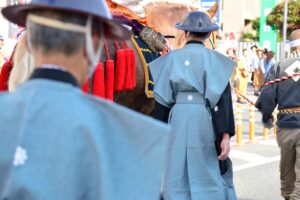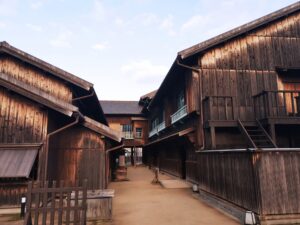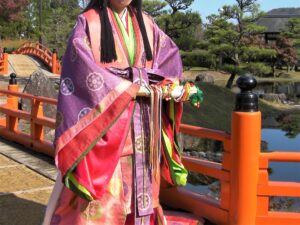Kintaro, also known as the “Golden Boy,” is one of Japan’s most beloved folk heroes. Famous for his superhuman strength, affinity with animals, and upbringing in the mountains, Kintaro’s story has been passed down for centuries. This article explores who Kintaro is, what he represents in Japanese culture, and how his legacy lives on — especially during Children’s Day in Japan.
Who Is Kintaro?

Kintaro, often called the “Golden Boy,” is a legendary child hero in Japanese folklore. He is best known for his incredible strength, his deep connection with animals, and his upbringing in the mountains. According to the legend, Kintaro was raised by a mountain witch named Yama-uba, who nurtured him in the wild forests of Mount Ashigara. From an early age, Kintaro showed superhuman strength, famously wrestling with bears, lifting massive trees, and even breaking rocks with his bare hands.
Kintaro’s name, which literally means “Golden Boy,” is believed to reflect his bright personality and golden-hearted spirit. What made him especially beloved was not just his strength, but his kindness toward animals and nature. He made friends with creatures of the forest, communicating with them and even forming a sumo club with bears and other wildlife.
As he grew older, Kintaro’s bravery and strength caught the attention of Minamoto no Yorimitsu, a powerful samurai. He eventually joined Yorimitsu’s band of warriors, taking on the name Sakata Kintoki and becoming a legendary retainer in Japanese history and myth.
The Story of Kintaro: A Kid-Friendly Retelling
Once upon a time, deep in the Japanese mountains, there lived a special boy named Kintaro. He was no ordinary child — he had the strength of ten men and a heart full of kindness.
- Kintaro lived with his mother, Yama-uba, in the forest.
- He played every day with his animal friends — bears, rabbits, monkeys, and deer.
- He loved nature and protected the forest from danger.
- He was so strong that he could lift fallen trees and smash rocks.
- Kintaro and the animals held sumo wrestling matches, and he always won — even against bears!
One day, a samurai named Minamoto no Yorimitsu heard about the strong boy in the mountains. When he met Kintaro, he was amazed by his courage and strength. Yorimitsu invited him to become one of his warriors. Kintaro accepted and left the mountains to begin a new adventure — one where he would help protect people all across Japan.
Kintaro’s Life in the Mountains
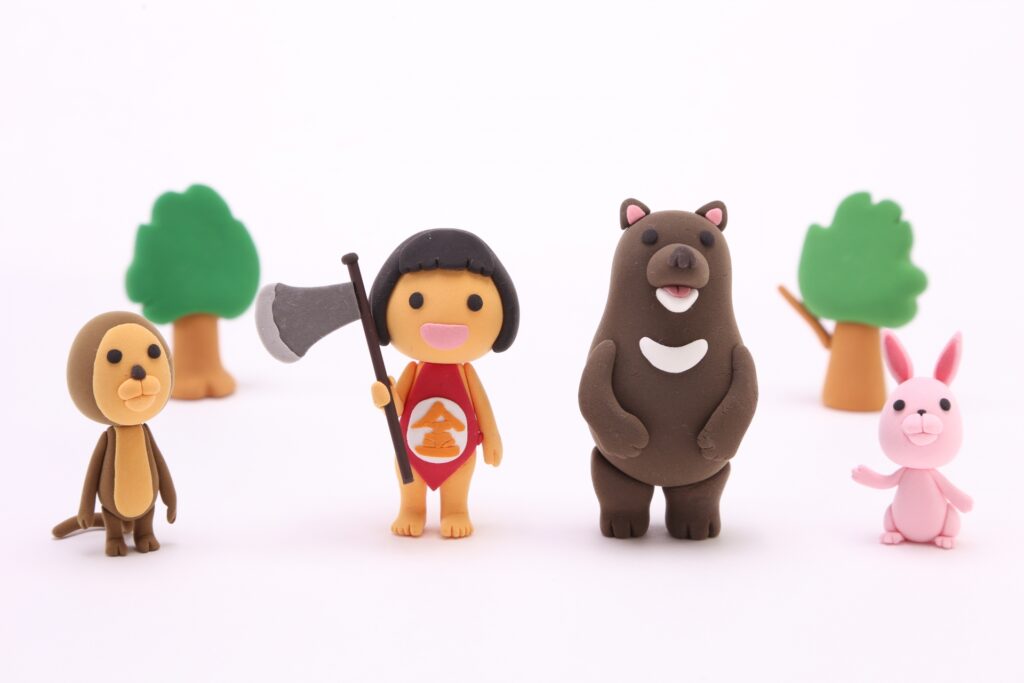
Kintaro’s childhood in the mountains is a central part of his legend. Living in nature gave him a strong bond with animals and the environment. Raised in the forests of Mount Ashigara — on the border between Kanagawa and Shizuoka Prefectures — Kintaro grew up without the distractions of city life.
His mother, Yama-uba, taught him how to survive and live in harmony with nature. Unlike other children, Kintaro didn’t go to school — his education came from the forest itself. He learned how to climb trees, fish in rivers, and communicate with animals as if they were his classmates.
Many regions in Japan celebrate Kintaro’s mountain life. In Kanagawa’s Minami-Ashigara City, there are statues and parks honoring him. In Shizuoka’s Oyama Town, local festivals remember his connection to Mount Ashigara. These regional differences reflect how deeply embedded Kintaro is in Japanese local culture.

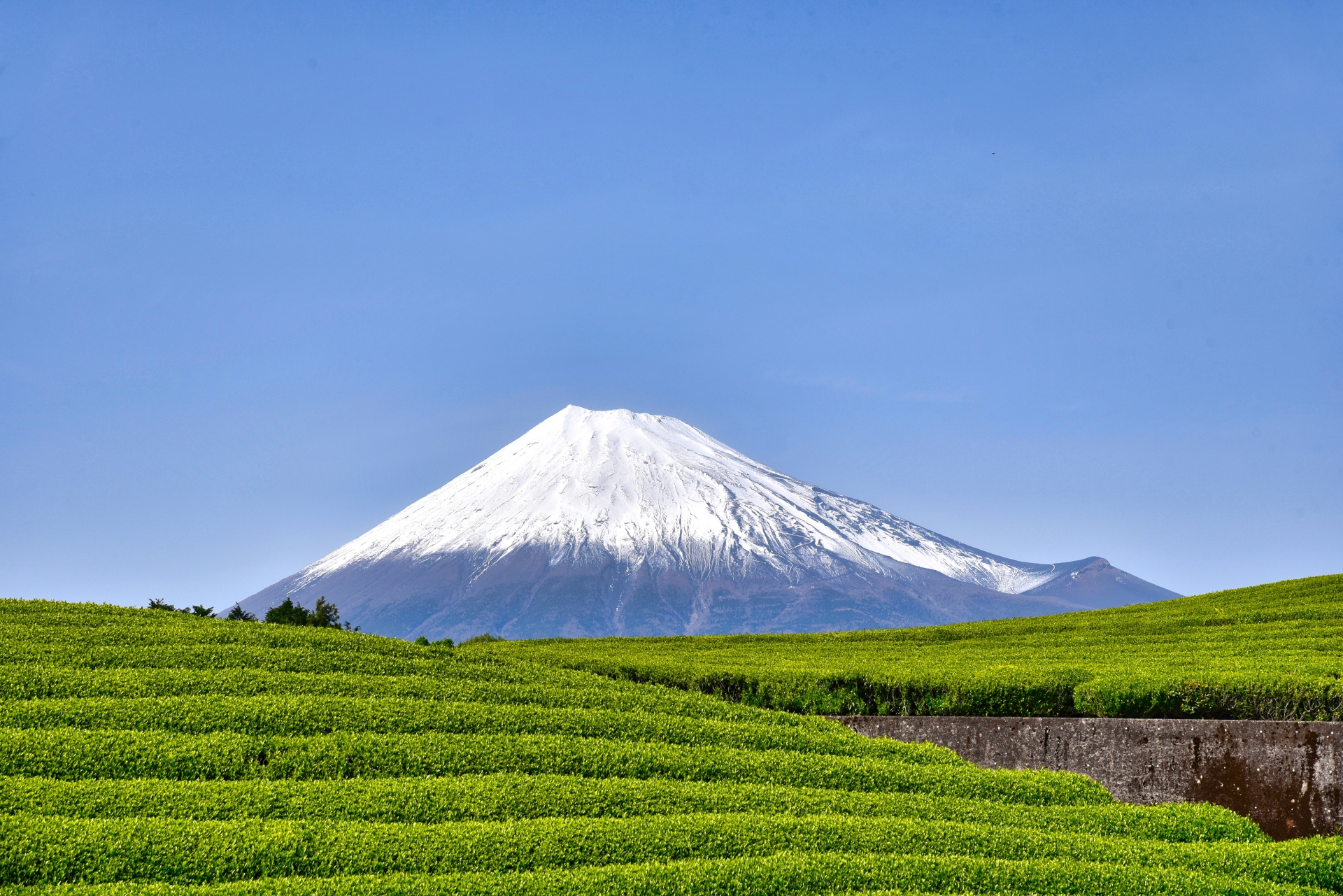
Meeting the Samurai
Kintaro’s legend takes a turn when he meets the real-life samurai Minamoto no Yorimitsu. According to folklore, Yorimitsu was seeking strong warriors to help him defeat monsters and protect the land. When he encountered Kintaro in the mountains, he was so impressed by the boy’s strength and fearless heart that he immediately invited him to join his team.
Kintaro agreed and took the name Sakata Kintoki. This marks the blending of history and myth. Sakata Kintoki was indeed a retainer of Yorimitsu in the Heian period. Over time, the real figure became a mythological character — a hero who symbolized loyalty, courage, and physical might.
This transformation from mountain child to samurai warrior shows how Kintaro’s story combines elements of fantasy with historical roots, making him a unique figure in Japanese folklore.
What Does Kintaro Symbolize in Japanese Culture?
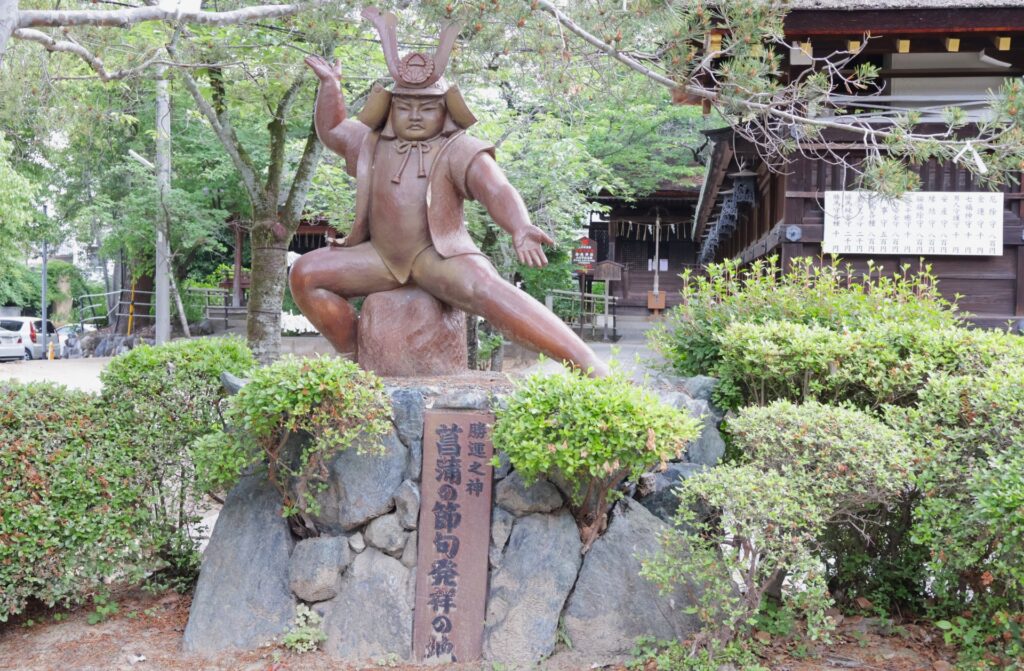
Kintaro is more than just a strong child — he represents several core values that are cherished in Japanese culture. First and foremost, he symbolizes strength and bravery. As a child who could wrestle bears, he becomes an example of physical and inner strength.
He also represents innocence and kindness. Despite his power, Kintaro is gentle with animals and respectful toward nature. This balance of strength and gentleness makes him an ideal childhood role model.
On Children’s Day (Kodomo no Hi), celebrated each May 5th in Japan, Kintaro is honored as a symbol of childhood potential. Families display Kintaro dolls along with samurai helmets and carp streamers to wish for their children to grow up healthy, strong, and courageous. His legacy lives on in homes, schools, and stories, encouraging generations of kids to be strong in body and heart.
How Kintaro Is Celebrated on Children’s Day
Children’s Day is a national holiday in Japan held on May 5th. It celebrates the happiness, health, and growth of children. Kintaro plays a big role in this celebration.
Many families display dolls of Kintaro — often showing him as a strong boy wearing a red bib and carrying a small axe. These dolls are set up beside samurai helmets and warrior dolls to inspire bravery.
Another popular tradition is flying koinobori, or carp streamers. Carp are known for swimming upstream, symbolizing perseverance and strength — much like Kintaro himself.
Schools and kindergartens also teach about Kintaro during this time, reading his story aloud and encouraging children to be like him: brave, kind, and strong.
Through these customs, Kintaro continues to live on in the hearts of Japanese children, offering hope and encouragement every year.
Kintaro Dolls and Decorations
Kintaro dolls are easily recognizable. They usually feature:
- A red bib with the kanji for “gold” (金)
- A small axe (called a masakari), symbolizing his mountain strength
- A powerful yet cheerful face
- A squat, strong body ready for sumo wrestling
These dolls are often displayed alongside samurai helmets and warrior figures during the Children’s Day celebration. You can find them in many Japanese households, especially those with young boys. The red bib symbolizes health and protection, while the axe and stance reflect Kintaro’s power and readiness to help others.
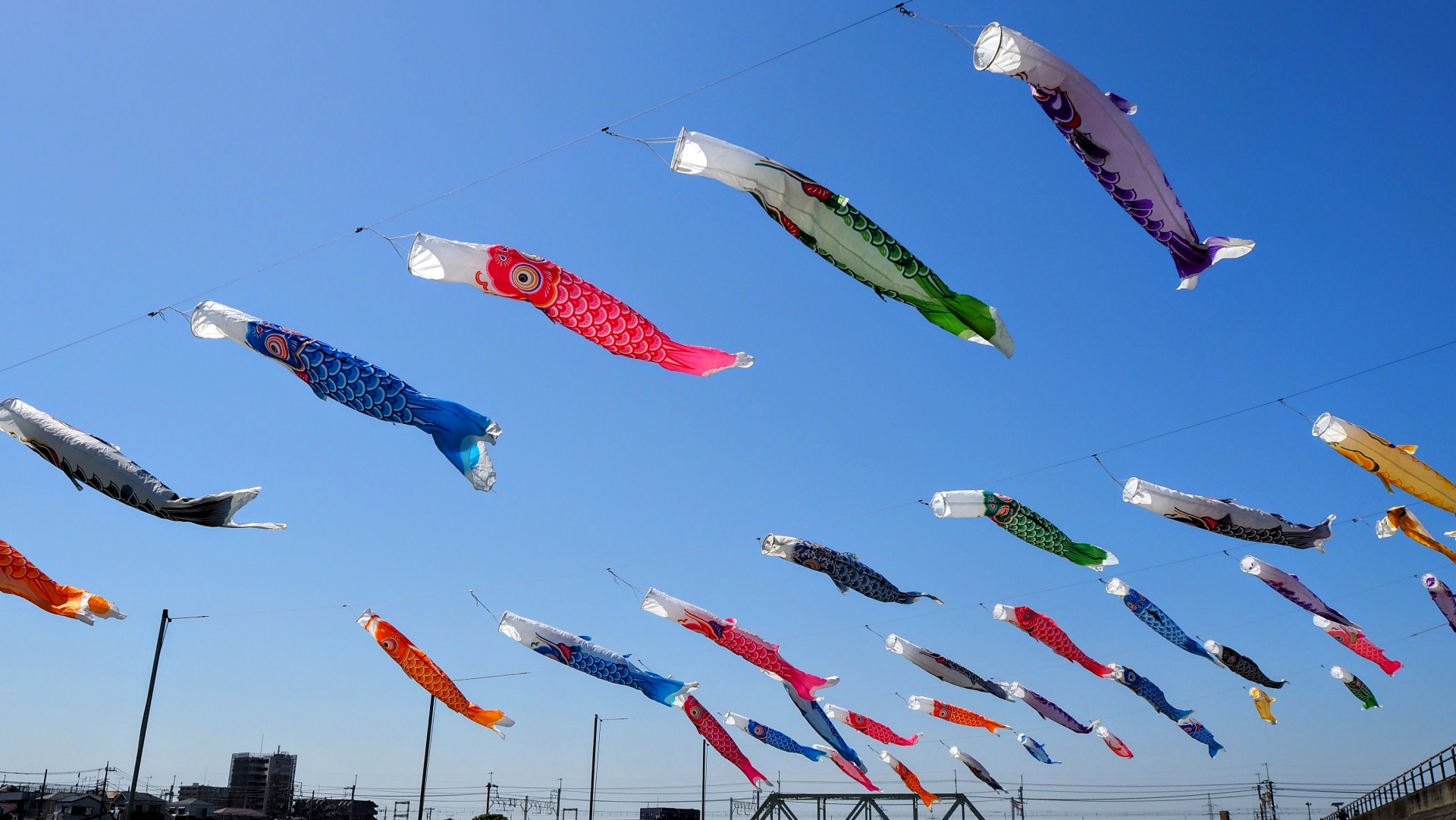
Fun Kintaro Activities for Kids
Kintaro’s story isn’t just for reading — it’s perfect for hands-on fun too! Here are some activities that parents and teachers can use to bring the legend to life:
- Coloring pages of Kintaro wrestling animals or swinging his axe
- Origami patterns for folding your own Kintaro doll or bear friend
- Cut-out paper dolls to reenact scenes from the story
- Storytelling worksheets where kids can write or draw their own version of Kintaro’s adventures
- Printable masks of Kintaro and animal characters
These activities are ideal for classroom use or home play. They help children connect to Japanese culture in a fun, engaging way.
[Download Free Kintaro Activity Pack – Coloring Pages, Origami Templates, Paper Dolls, and More!]
Kintaro in Modern Culture
Kintaro remains a beloved figure in modern Japanese pop culture. His image appears in anime, video games, mascots, and advertisements.
For example, in some anime series, characters inspired by Kintaro often appear as strong, good-hearted kids who live in the countryside. In video games, Kintaro-like characters are often tanky warriors or forest guardians.
Japanese mascots, known as yuru-chara, sometimes take on Kintaro’s features — red bib, axe, and bear companions — to promote towns like Minami-Ashigara. His likeness also shows up in children’s books, TV shows, and even snack packaging.
Kintaro’s adaptability shows how folklore can stay relevant across generations while still preserving the values it represents.
Kintaro Candy: Sweet Symbol of Strength
One of the most charming modern tributes to Kintaro is Kintaro Ame, or Kintaro candy. This traditional Japanese sweet features Kintaro’s smiling face in every slice, made through a careful candy-pulling process that dates back over a century.
The candy is not only tasty but symbolic. The face in every piece represents consistency, identity, and inner strength — values tied to Kintaro himself. It’s especially popular in Tokyo’s Asakusa district, where visitors can buy Kintaro Ame as souvenirs or gifts.
Kintaro Ame is both a nostalgic treat and a cultural symbol, making it a fun way for kids and adults alike to connect with Japan’s folklore.
Comparison: Kintaro vs. Momotaro and Other Folk Heroes
| Hero | Origin Story | Supernatural Traits | Symbolic Themes | Key Message |
| Kintaro | Raised by mountain witch in nature | Super strength, animal friend | Strength, kindness, nature | Be strong and kind |
| Momotaro | Born from a peach, raised by elderly couple | Smart, leads animals | Leadership, cooperation | Work together to defeat evil |
| Urashima Taro | Saves a turtle, visits undersea palace | Travels through time | Gratitude, mystery, time | Actions have consequences |
These folk heroes all teach valuable life lessons, but Kintaro stands out for his blend of physical power and gentle heart.
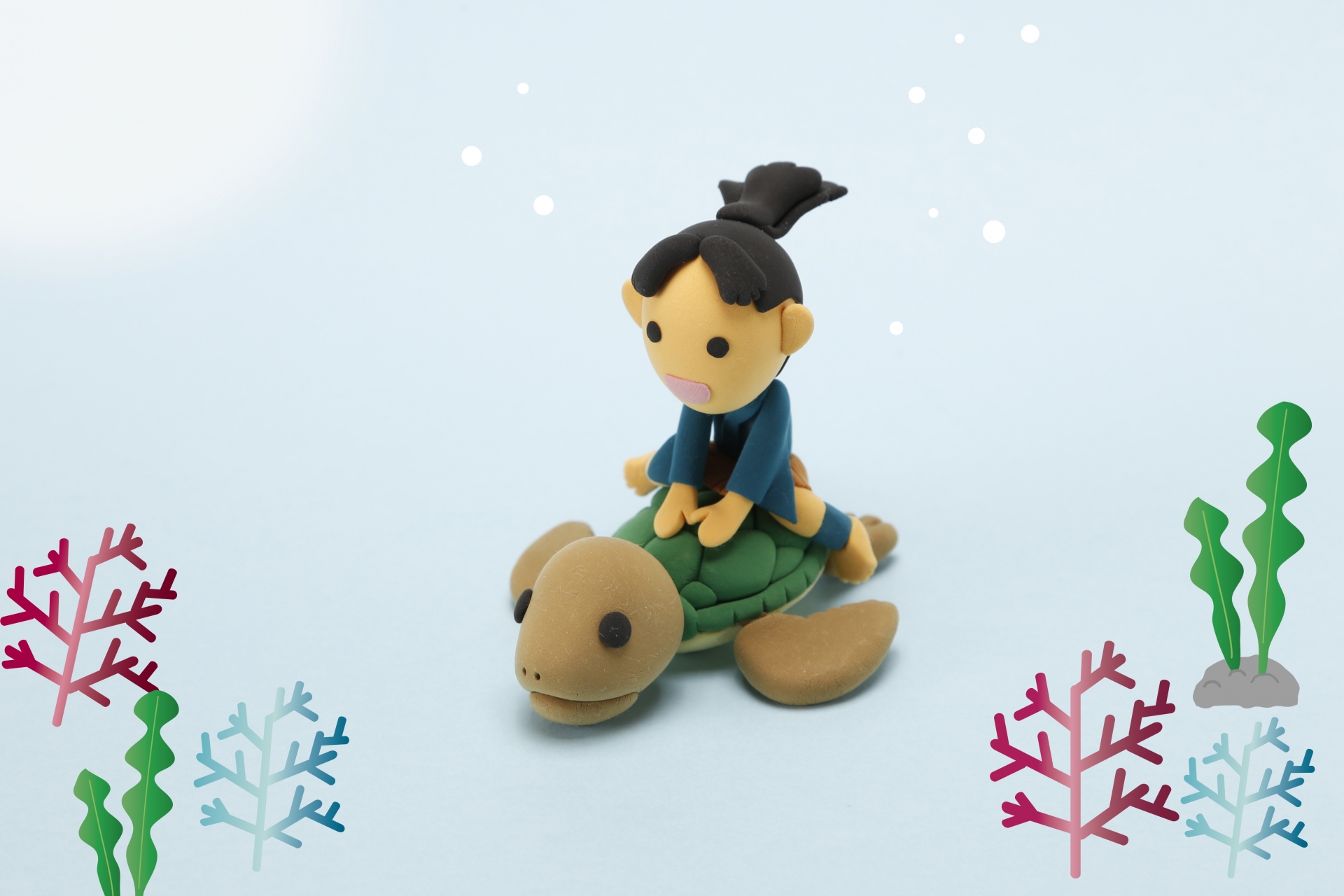
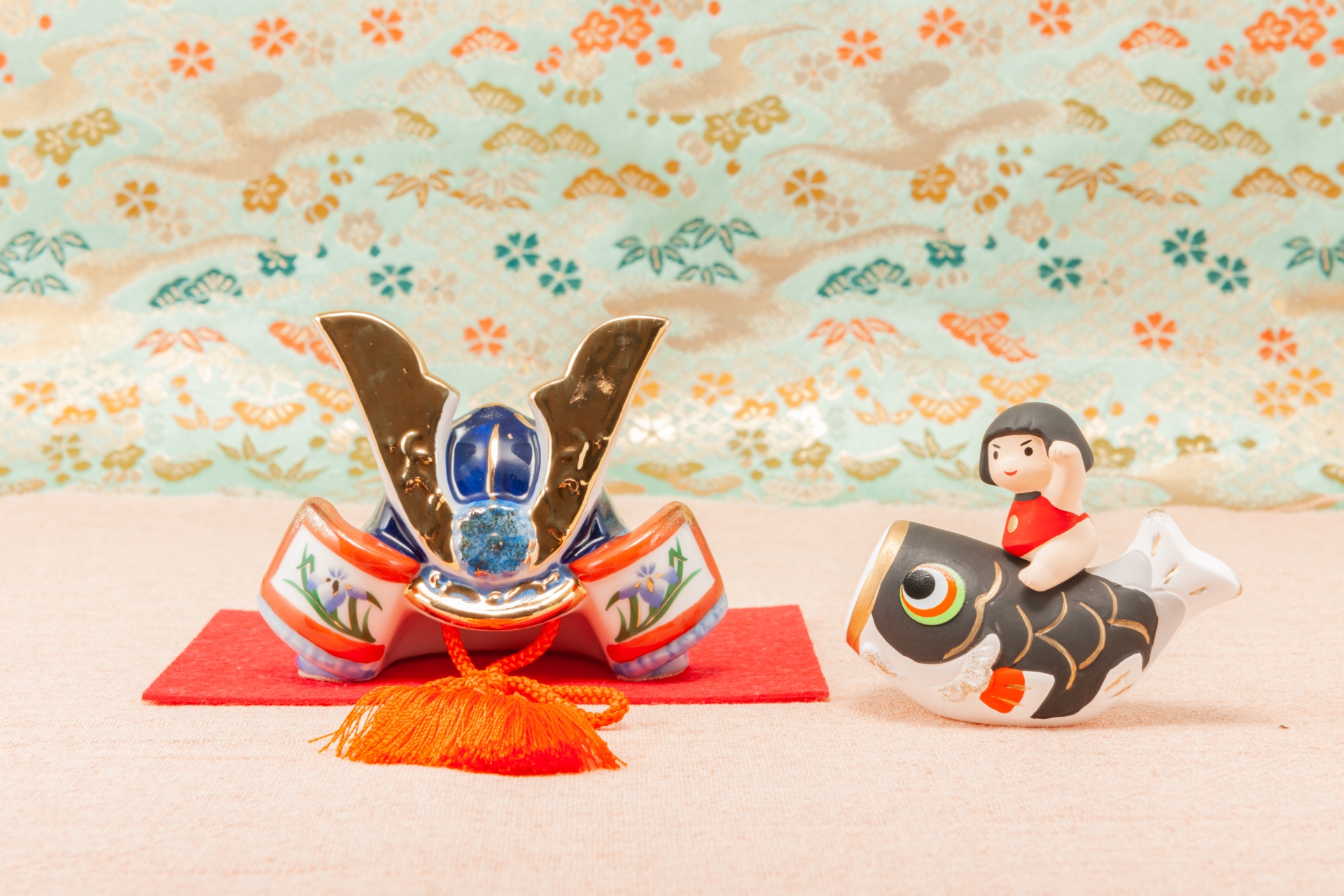
Japanese & English Text of the Kintaro Story
にほんご(Japanese) むかしむかし、あしがらやまに、きんたろうという つよい おとこのこが いました。 かれは どうぶつたちと なかよくくらして、まいにち たのしく すもうを とっていました。 あるひ、さむらいの よりみつが やってきて、きんたろうを みて びっくり。 「おまえのような つよいこが ほしい!」と さそって、きんたろうは さむらいに なりました。
English Long ago, in the mountains of Ashigara, there lived a strong boy named Kintaro. He lived happily with animals and played sumo wrestling with them every day. One day, a samurai named Yorimitsu came and was amazed by Kintaro. “A strong boy like you is just what I need!” he said, and Kintaro became a warrior.
Summary: Why Kintaro Still Inspires Us Today
Kintaro remains one of Japan’s most iconic folk heroes because he represents a perfect blend of strength, kindness, and innocence. His story teaches us that you don’t have to be born into privilege or power to become a hero — courage, compassion, and connection with nature are just as important.
Whether through Children’s Day celebrations, fun crafts and games, or his presence in modern pop culture, Kintaro continues to inspire both children and adults. He’s a role model for young readers, a symbol of childhood strength, and a bridge between ancient folklore and modern life.
Through his legend, Kintaro reminds us to be brave, stay kind, and always respect the world around us.






